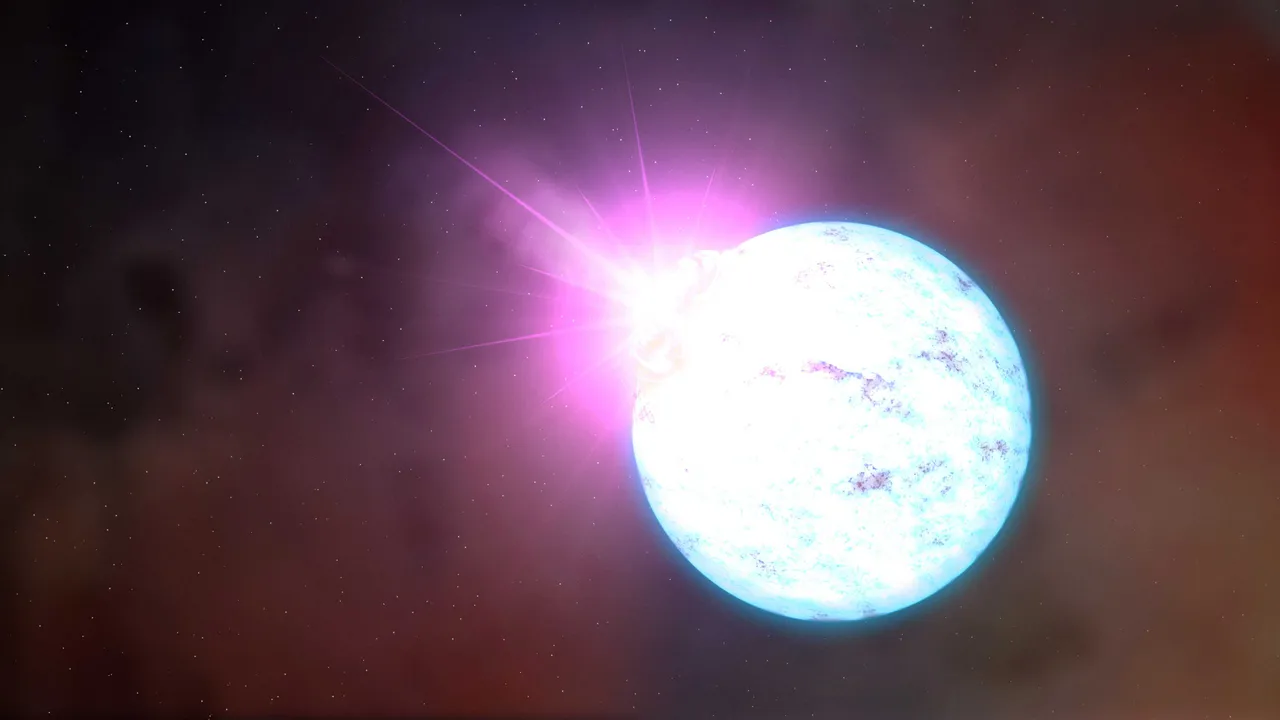Rapid radio bursts last a split second, but carry the energy of millions of suns< - and still remain a mystery to scientists. Observations of the unique repeated burst FRB 121102 indicated the conditions for occurrence of such events.

The situation is complicated by their unpredictability: FRB telescopes fall only by chance, and so far only a few such events have been recorded, although it is estimated that every second somewhere in the visible universe, at least one outburst flares up.
The authors relied on observations of a unique burst FRB 121102 - "reusable", for which repeated radio wave emissions were recorded. The work was conducted with the help of the radio telescope Puerto Rico Arecibo, as well as the American Green Bank. Thanks to them, scientists registered 16 outbreaks of FRB 121102, adding these results to approximately the same number of previous observations.
Recall that the neutron star is the collapsed remains of a large star that completed evolution, exploded into a supernova, threw out its outer shells and left a small but super-dense and rapidly rotating object. Due to its extremely powerful magnetic field, neutron stars do occasionally emit narrow flashes of polarized radiation. And if such a star is located in a dense cloud of matter, like the accumulation of matter around a supermassive black hole in the active center of the galaxy, the plane of polarization will experience the necessary rotation.
However, it should be noted that the intensity of the outbursts of neutron star radiation is several orders of magnitude lower than that of FRB 121102. The question of the origin of the FRB is not yet closed, but it is already beginning to clear up.